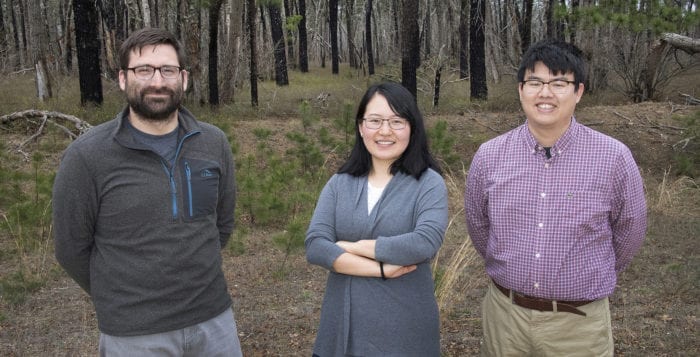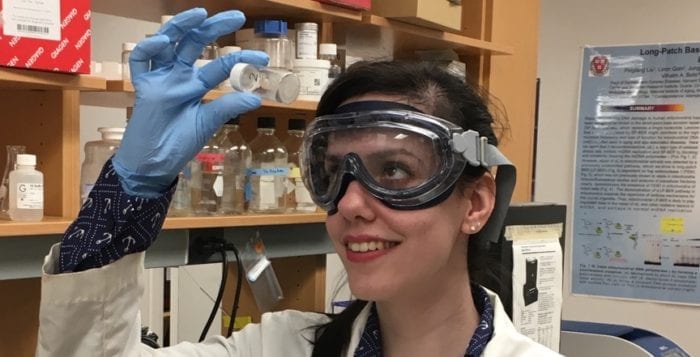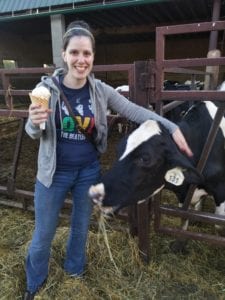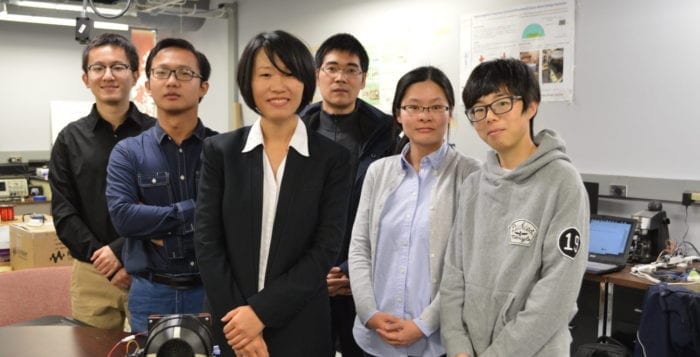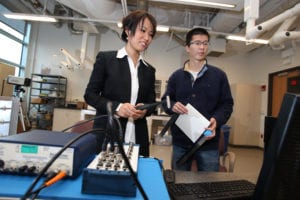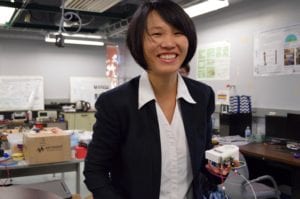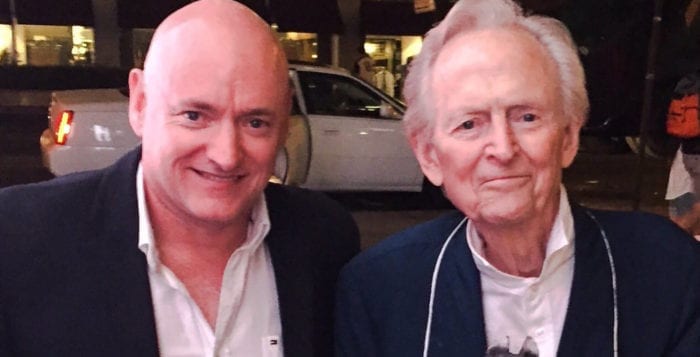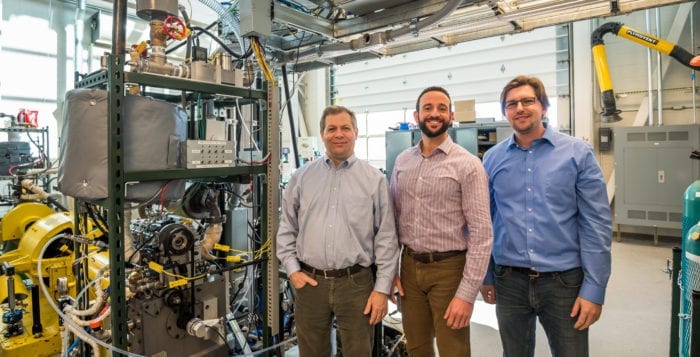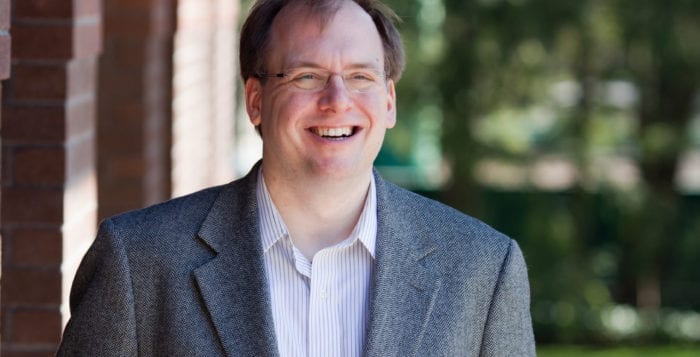By Daniel Dunaief
Not all greenery is the same. From above the Earth, forests recovering after a fire often look the same, depending on the sensing system. An area with bushes and shrubs can appear to have the same characteristics as one with a canopy.
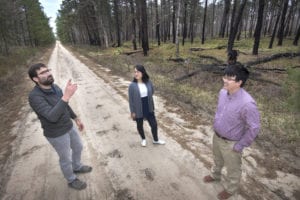
Working in associate ecologist Shawn Serbin’s laboratory at Brookhaven National Laboratory, Ran Meng, a postdoctoral researcher, recently figured out a way to improve the level of information gained from these remote images, enabling them to distinguish among the different types of growth after a forest fire.
Examining the growth in a pine forest on Long Island after a fire near BNL in 2012, Meng used various spectral properties to get a more accurate idea of how the forest was recovering. Meng and Serbin recently published their results in the journal Remote Sensing of Environment.
“Using our remote sensing analysis, we were able to link detailed ground measurements from [BNL’s Kathy Schwager and Tim Green] and others to better understand how different burn severities can change the recovery patterns of oak and pine species,” Serbin explained in an email. The information Meng and Serbin collected and analyzed can map canopy moisture content and health as well as fuels below the canopy to identify wildfire risk.
The imagery can be used to map the water content or moisture stored in the leaves and vegetation canopies, Serbin explained. LiDAR data can see through the canopy and measure the downed trees and other fuels on the forest floor. This type of analysis can help differentiate the type of growth after a fire without requiring extensive surveys from the ground. “One of the issues on the ground is that it’s time consuming and expensive,” Serbin said. Remote sensing can “cover a much larger area.”
Assisted by Meng’s background in machine learning, these researchers were able to see a higher resolution signal that provides a more detailed and accurate picture of the vegetation down below. One of the purposes of this work is to help inform forest managers’ decision-making, Serbin added. A forest with a canopy will likely capture and retain more water than one dominated by bushes and shrubs. A canopied forest acts “more like a sponge” in response to precipitation.
A canopied forest can “hold water,” Meng said. If the canopy disappears and changes to shrubs or grass, the forest’s capacity to store water will be damaged. Altering the trees in a forest after a fire can start a “reaction chain.” Without a nearby canopied forest, the water cycle can change, causing more erosion, which could add more sediment to streams.
Serbin recently met with the Central Pine Barrens Commission, the Department of Environmental Conservation and SUNY College of Environmental Science and Forestry, which is based in Syracuse.
Serbin had planned to meet with these groups several years ago to try to build a better relationship between the information the lab was collecting and the pine barrens and ESF to “use the lab as a field research site.”
They discussed ways to use the science to inform management to keep the pine barrens healthy. The timing of the meeting, so soon after the publication of the recent results related to fire damage surveys, was fortuitous.
“It just happens that this work with [Meng] comes out and is highly relevant,” Serbin said. “This is a happy coincidence.” He said he hopes these groups can use this information to feed into a larger model of research collaboration. This work not only provides a clearer picture of how a forest recovers, but also might suggest areas where a controlled burn might benefit the area, minimizing the effect of a more intense fire later on.
“These forests used to burn more often but with less intensity due to the lower fuel loads from more frequent fire,” Serbin explained. Fire suppression efforts, however, have meant that when fires do burn, they occur with higher intensities. “It could be harder to maintain the pine barrens because the fires burn more strongly, which can reduce or destroy the soil seed stock or alter the recovery trajectory in other ways,” he said.
The remote sensing analysis of trees uses shapes, sizes, leaf color and chemistry to explore the fingerprints of specific trees. This could offer researchers and conservationists an opportunity to monitor endangered species or protected habitats.
“We can do even better using platforms like NASA G-LiHT because we can use both the spectral fingerprint as well as unique structural characteristics of different plants” to keep track of protected areas, Serbin explained.
As for what’s next, Serbin said he would like to scale this study up to study larger areas in other fire-prone systems, such as boreal forests in Alaska and Canada. He plans to apply these approaches to develop new forest recovery products that can be used in conjunction with other remote sensing data and field studies to understand forest disturbances, recovery and carbon cycling.
Meng plans to move on in August to work directly with the NASA G-LiHT team. He said he believes this kind of work can also track infestations from beetles or other pests that attack trees or damage forests, adding, “There are some slight changes in spectral patterns following beetle outbreaks.”
A final goal of this project, which admittedly requires considerably more work according to Meng, is to monitor those changes early to enable forest managers to intervene, potentially creating the equivalent of an insect break if they can act soon enough.
Serbin appreciated the work his postdoc contributed to this project, describing Meng as a “dedicated researcher” who had to “sort out what approaches and computational techniques to use in order to effectively characterize” the images.
“[He] persevered and was able to figure out how to analyze these very detailed remote sensing data sets to come up with a new and novel pattern that hadn’t really been seen before,” said Serbin.

